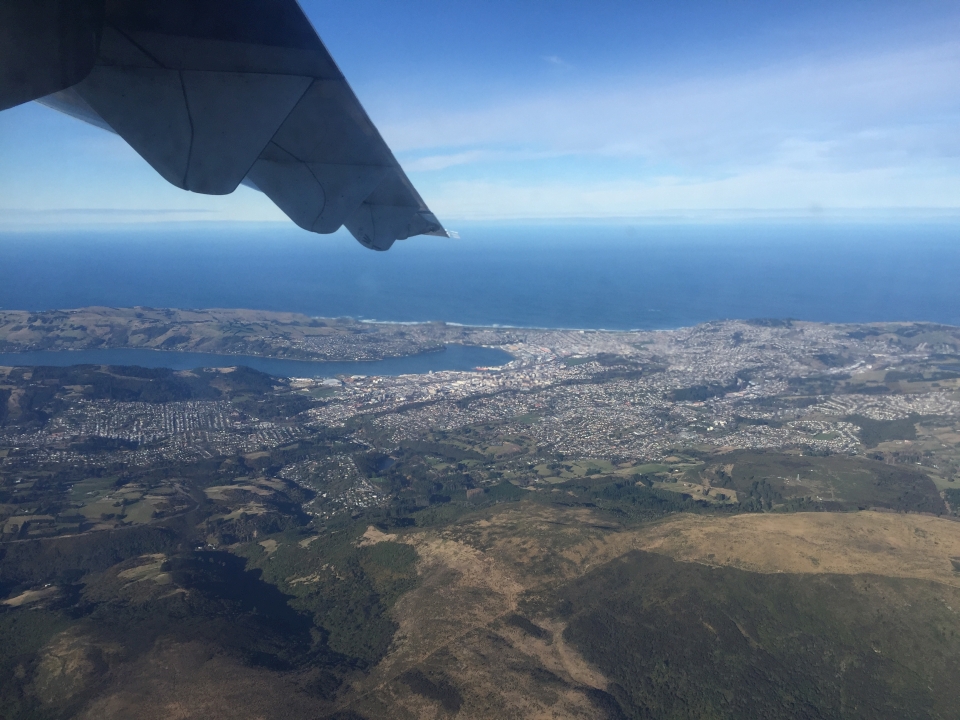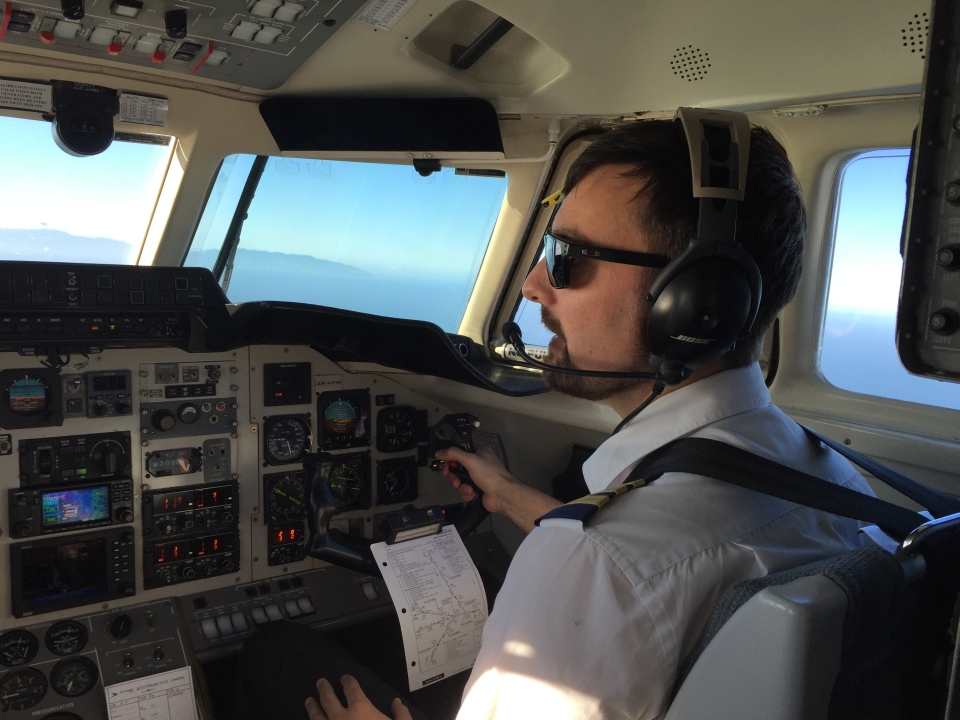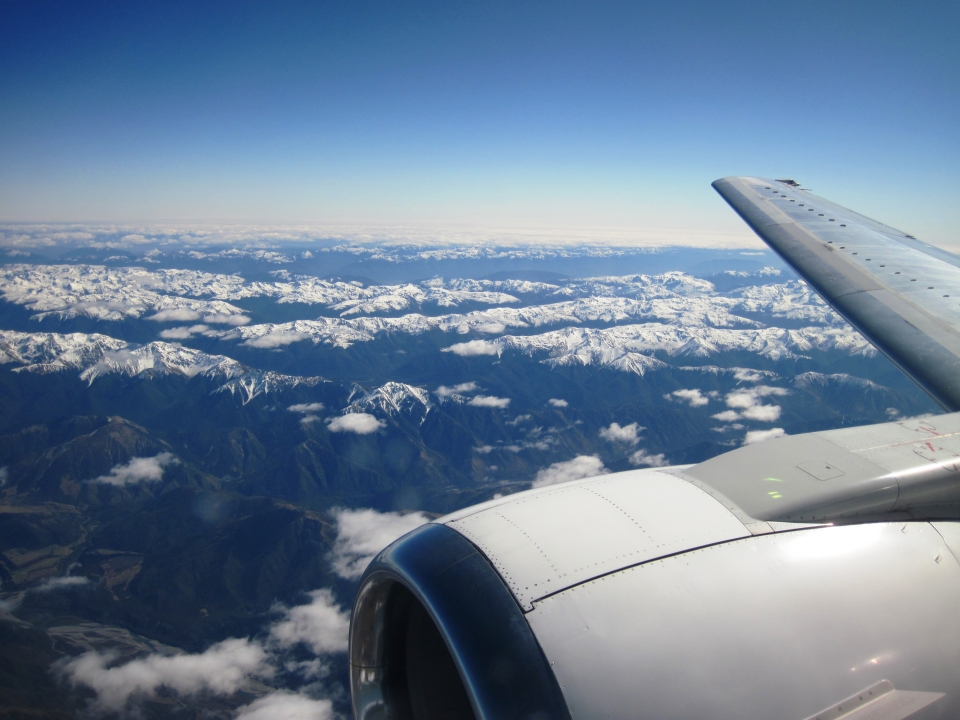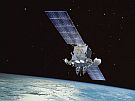Navigation
Navigating in the air involves the same steps as navigating on land. These steps include:
- Planning a route.
- Recording progress on that route.
- Controlling movement from one point to another.
Air navigation
To navigate in the air an aircraft must;
- be piloted from place to place without getting lost
- not break any of the laws that apply to aircraft
- ensure the safety of those on board and on the ground.
Air navigation is different from ground navigation because:
- Aircraft travel at high speeds, leaving less time to calculate their position on route.
- Aircraft don’t stop in mid-air to work out their position.
- Aircraft can only carry a certain amount of fuel and usually cannot re-fuel in the air (unlike a car that can stop and refuel).
- Air collisions are usually fatal so a pilot must know where they are at all times.
How pilots navigate depends on whether they are flying under visual flight rules (VFR) or instrument flight rules (IFR).
Visual Flight Rules VFR
VFR require a pilot to be able to see outside the cockpit, to control the aircraft's altitude, navigate, and avoid obstacles and other aircraft. There are set limits that state how far the pilot must be able to see and the distance they need to be away from clouds. A pilot flying under Visual Flight Rules will use;
- visual observations
- a process called dead reckoning
- reference to charts and other navigational aids such as GPS and radio navigation aids.
In navigation, dead reckoning or DR is the process of calculating your current position by using a known position, or fix, and working out your new position based on known or estimated speeds over the time spent and course.
Distance = Speed x Time
An aircraft flying at 250 knots airspeed for 2 hours has flown 500 nautical miles through the air.
With dead reckoning you need to take into account things that affect your speed. In air navigation this includes the density of the air the aircraft moves through which affects its performance, as well as winds, weight, and power settings.
Instrument Flight Rules IFR
If a pilot is flying with IFR they are using instruments (including GPS), radio navigation aids such as beacons, or as directed under radar control by air traffic control.
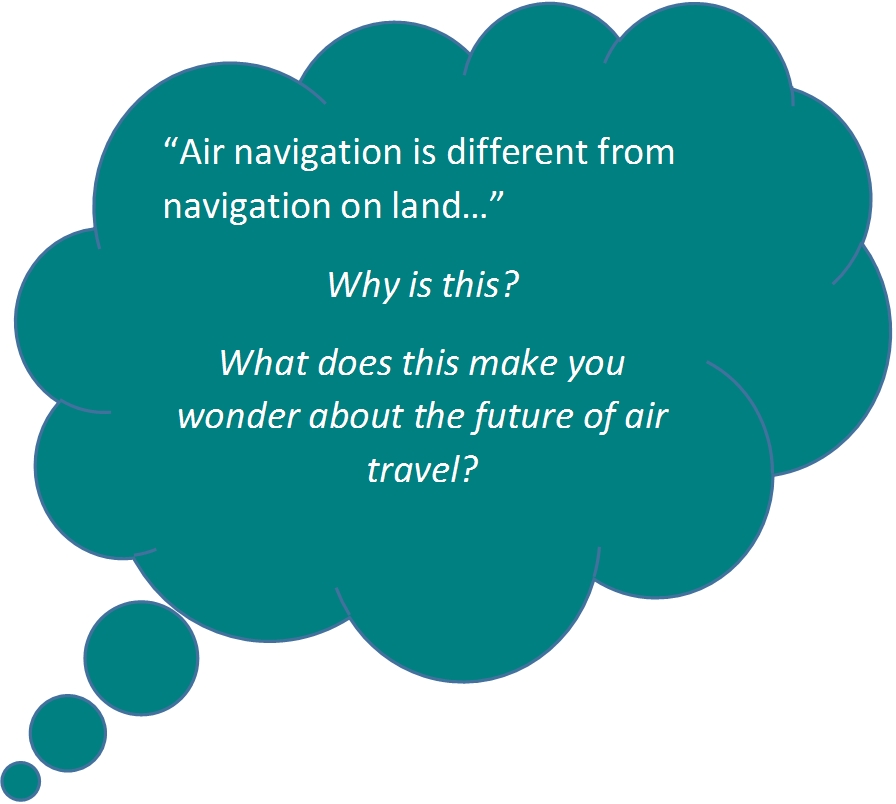 Flight Planning
Flight Planning
The first step in navigation is deciding where one wishes to go. A private pilot planning a flight under VFR will usually use an aeronautical chart of the area which is published specifically for the use of pilots. This chart will show:
- controlled airspace
- radio navigation aids
- airfields
- hazards to flying such as mountains, tall radio masts, etc.
- ground detail - towns, roads, wooded areas - to aid visual navigation.
The pilot will choose a route, which avoids controlled airspace that is not permitted for the flight, restricted areas, danger areas and so on. The chosen route is plotted on the chart, and the lines drawn are called the track. The aim then is to follow the chosen track as accurately as possible. Sometimes, the pilot may choose on one leg to follow a clearly visible feature on the ground such as a railway track, river, highway, or coast.
When an aircraft is in flight, it is affected by the wind so maintaining an accurate ground track is not as easy as it might appear. The pilot must adjust heading to compensate for the wind, in order to follow the ground track. The pilot will calculate headings to fly for each leg of the trip prior to departure, using the forecast wind directions and speeds.
Instrument Flight Rules (IFR) flight planning is similar to Visual Flight Rules (VFR) planning but is made simpler by the use of special charts that show IFR routes from beacon to beacon with the lowest safe altitude (LSALT), bearings (in both directions) and distance marked for each route.

